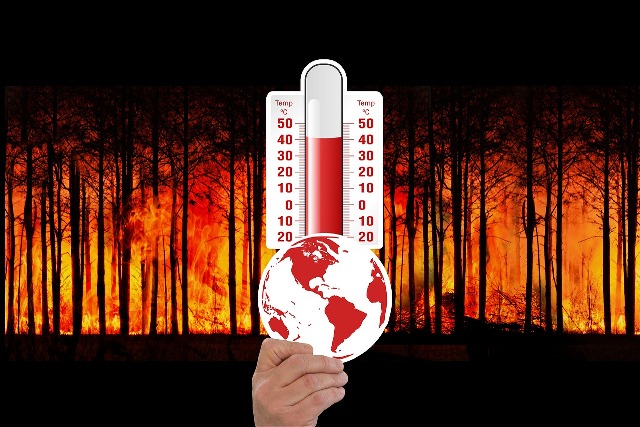Based on current trends in carbon emissions, by the end of this century three-quarters of humanity will face deadly heat with significant losses in economic productivity. Densely populated regions in the Persian Gulf, Bangladesh, and northeast India may become so hot and humid that they surpass limits on human survivability in absence of heat action.
Fortunately, there is much that cities can and are doing to reduce the urban heat island effect and help provide access to cooling. Actions include promoting less reflective building designs and “green” rooftops; promoting tree planting to using lighter-coloured paving materials, says a new report: ‘Chilling Prospects’ by Sustainable Energy for All. Heat Action Plans give guidance on what to do to provide short-term access to cooling in the event of an extreme heat wave.
Ahmedabad was the first city not only in India but in all of South-Asia to formulate a Heat Action Plan after a devastating heat wave hit the city in 2010. The plan was developed in collaboration with external partners, such as the Natural Resource Defense Council (NRDC) and the Indian Institute of Public Health (IPH), with support from the Climate and Development Knowledge Network.
Local authorities mapped areas with populations at high risk of heat stress—including slums—and developed an easy-to-understand, early-warning system, as well as a strategy for mobilizing the city in advance of impending heat waves. This includes colour-coded heat warnings announced in the media, phone companies sending out SMS warnings, and social workers going into the slums to hand out rehydration packets and pamphlets on heat safety, says the report.
The initial investment required was modest about 43 lakh rupees. The Ahmedabad program has evolved and expanded over time and is becoming a model for other cities. Evaluations between 2013 and 2015 offer proof the program is working; heat-related casualties in Ahmedabad were low during a major 2015 heat wave, while thousands died elsewhere across India. As of now, 17 cities and 11 states across India had released or are developing similar heat action plans.
This article is part of a new series on the effects of climate change and climate change action.


